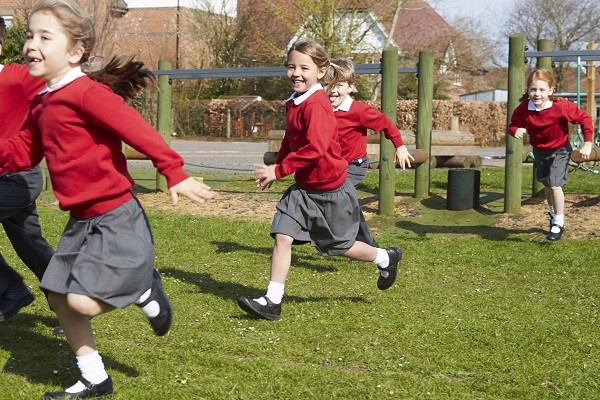Understanding the causes and symptoms of anxiety is essential when learning how to best support pupils in school. Caroline Hounsell from Mental Health First Aid England explains what schools need to know.

This is the million dollar question, but there is another question we must ask first.
We need to consider whether there is actually an increase in anxiety in children and young people, or whether we (schools, services, parents, etc.) are just better at identifying it. Alongside this we must recognise that over the last few years there has been a great effort to remove the stigma around mental health, so more children and young people feel comfortable talking about their anxiety.
Putting aside the ‘growing epidemic’ aspect, there are factors that we can easily recognise as contributors, if not causes, of anxiety.
Neurologically, children can start to develop an adolescent brain, that is to say a brain with high levels of dopamine disproportionate to the levels of serotonin, from the age of eight or nine. The levels tend to be at their most unbalanced between 18 and 19 years old and should start to even out around 24 years old – though in some people the disproportionate levels can continue until 30.
When a brain does have this unbalance of dopamine and serotonin, the adolescent tends to exhibit poor judgement due to not being able to comprehend levels of risk.
This is important to understand because we tend to view the behaviour of children and young people with our adult brains.
As adults, we have experience and have learnt (through trial and error when we were teenagers) what counts as high risk, and how to apply our experiences to judge the severity of situations.
Often we forget that in many situations children and young people are experiencing things for the first time. So, when a friendship group breaks up and it seems like the end of the world to a child, we should remember that to them, it is. They have no concept of how to get through this situation as they have no experience to draw on.
Exam stress is a prominent issue – a survey by the Association of School and College Leaders showed that 55% of the 338 surveyed reported a rise in pupils with stress and anxiety.
A contributing factor to this could be that exams heighten the need for academic success, while other types of intelligence are overlooked. There are many people, children and young people included, who have strong emotional intelligence and other skills besides, but less academic skills and due to the nature of exams they feel alienated from success.
Another factor that cannot be overlooked is the Internet.
The accessibility of smartphones means that children and young people have access to social media 24/7, with no time for rest and reflection.
Social media adds to the pressure of having to look as good and be as cool as everyone else, but creating the need in the digital world as well as the physical.
While children and young people used to only measure themselves against their peers, when online they have to measure themselves against the whole world. It also has addictive qualities and the ability to airbrush or Photoshop is adding to the same drive to perfectionism that is created by exams.
Anxiety is going to be personal to every individual, but there are some aspects that I advise schools look at.
The most important lesson here is that we need to look beyond behaviour. Often anxiety can display as aggressive and disruptive behaviour. Or, the pupil may over-do school work, demanding extra time from teachers, asking questions constantly and require a lot of reassurance.
Then again, a pupil may be extremely well behaved but quiet and fearful of asking questions, even tearful and desperate to escape.
The body speaks the mind! When the mind is anxious or is suffering high levels of stress, the body will experience a lower immune system so headaches and colds will become more frequent. Visible symptoms of anxiety include sweating, being agitated or breathing rapidly. Often it is easier for staff to identify these physical reactions to anxiety, but it’s also important to be on the lookout for changes in behaviour. These might be things like regularly failing to hand work in on time due to procrastination or perfectionism, suddenly complaining of illness or spending a lot of time on their own at lunch and breaks.
The key takeaway is that anxiety may not look how we expect it to.
Mental health literacy is incredibly important. There is a huge range of mental health issues and staff run the risk of being frightened of an illness or condition they do not understand.
Training such as Youth Mental Health First Aid can help staff understand mental health and give them the skills and confidence to support pupils.
However, I think there is a skill that teachers need which cannot be taught, and that is practising what you preach. As I’ve mentioned, children and young people will always pick up on the energy and mood that you are giving out so it’s important to lead by example. If you’re stressed then there is no point telling a pupil to calm down.
To reduce stress and anxiety in pupils, schools need to invest in the mental health and wellbeing of their staff and empower teachers for their own good.
